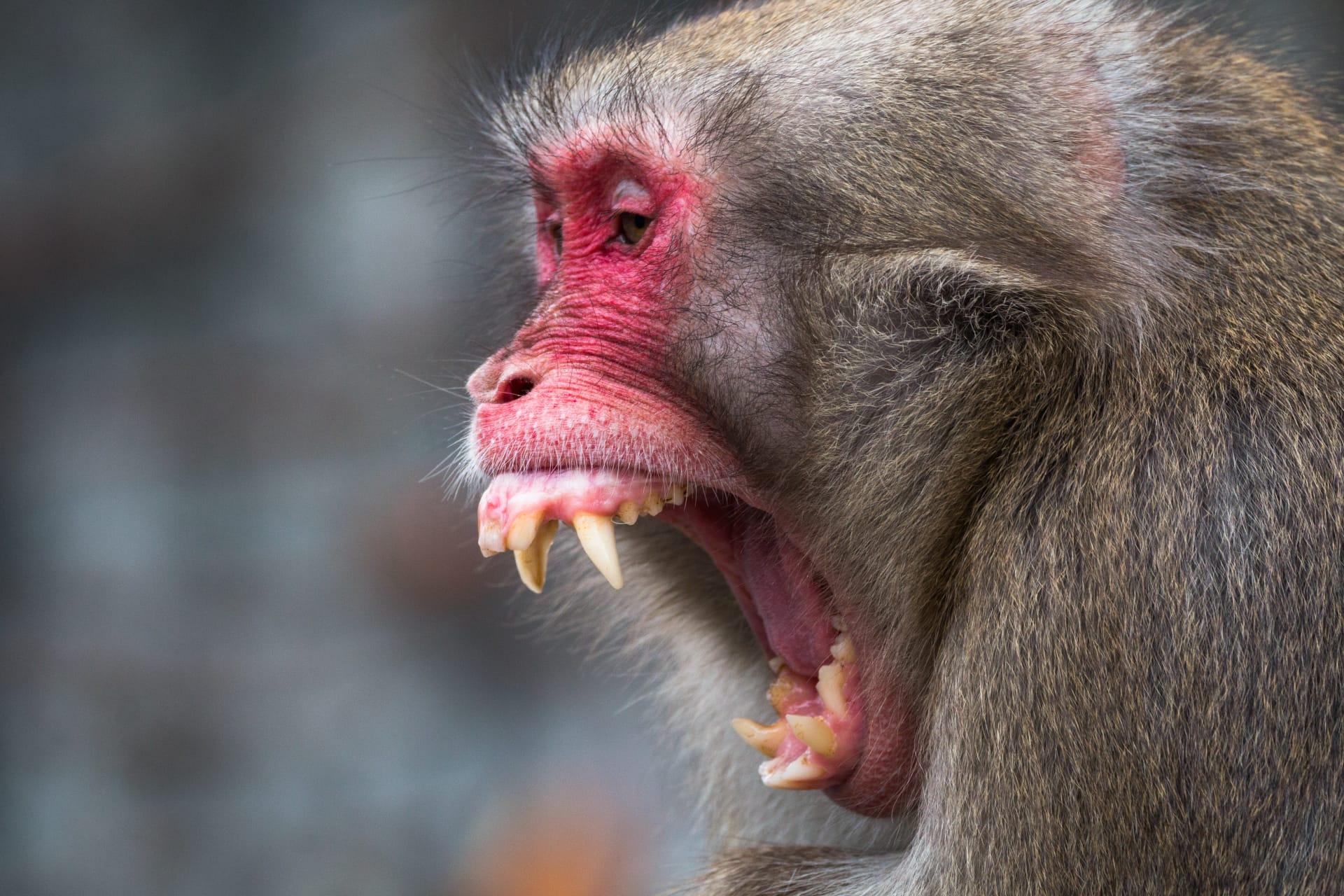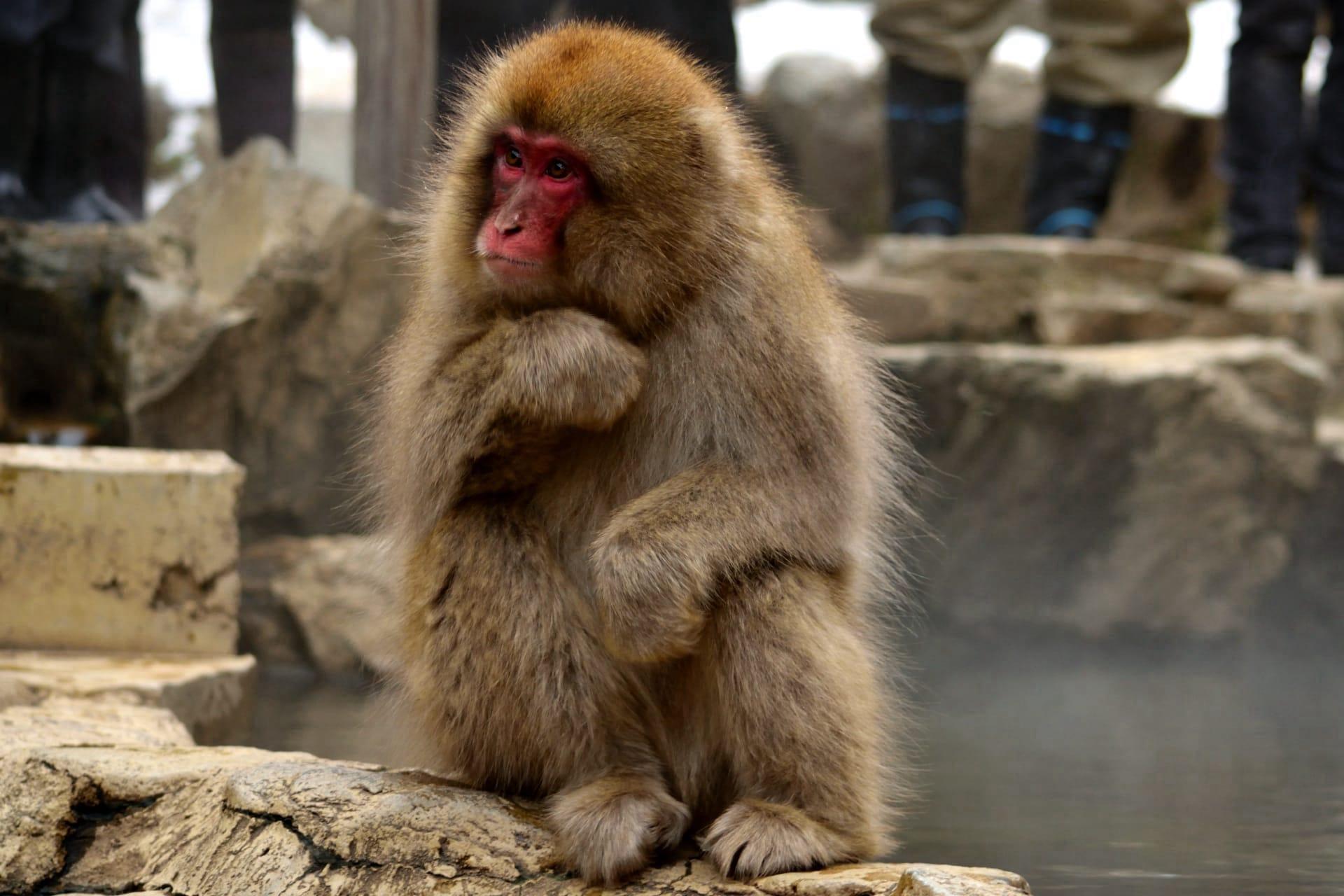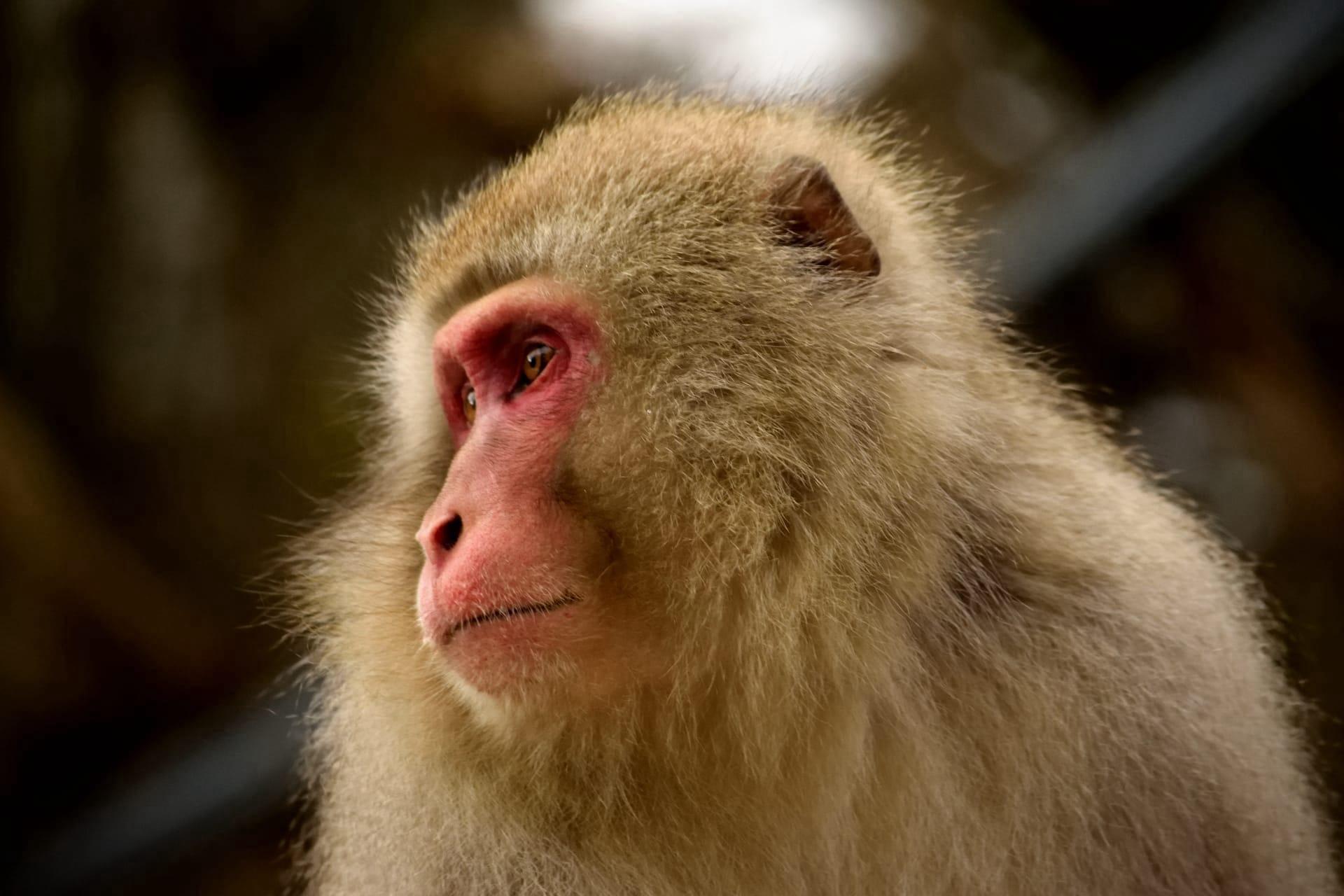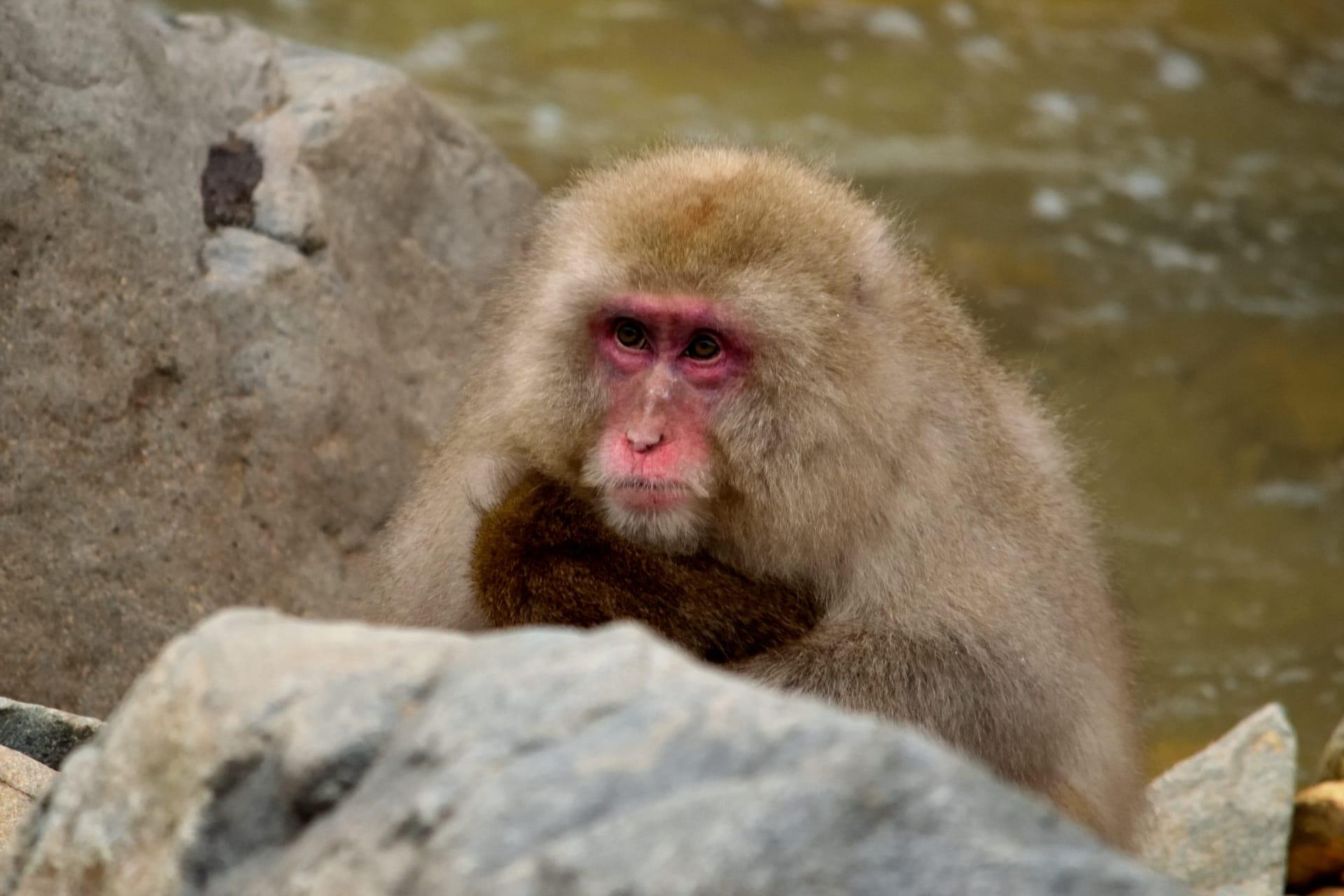Macaque
- Home /
- Mini Encyclopedia /
- Animal /
- Macaque
1
Macaques, belonging to the genus Macaca, are a diverse and widespread group in the primate family. There are over 20 recognized species of macaques, each exhibiting unique characteristics. For example, the Rhesus macaque (Macaca mulatta) is well-known for its biomedical significance, particularly in Rh blood type studies. The Japanese macaque (Macaca fuscata), often called the snow monkey, is famous for its ability to thrive in snowy environments. Other notable species include the Barbary macaque (Macaca sylvanus), the only macaque found outside Asia, and the Crab-eating macaque (Macaca fascicularis), known for its skill in foraging for crabs.
Macaques have a broad geographic distribution, ranging across parts of Asia, North Africa, and Gibraltar. They are highly adaptable, inhabiting various environments from tropical rainforests and mountains to urban areas. The Rhesus macaque, for instance, is found in diverse habitats in countries like India, China, and Afghanistan. Japanese macaques are native to Japan, surviving in colder climates and even snowy regions. The Barbary macaque's range is limited to the Atlas Mountains of Algeria and Morocco and a small population in Gibraltar. Meanwhile, the Crab-eating macaque is widespread in Southeast Asian countries like Indonesia, Thailand, and the Philippines, often seen near rivers and mangrove forests.

2
Question: Do all macaques exhibit aggressive behavior towards humans?
Answer: It's a common misconception that all macaques are aggressive towards humans. While some species, like the Rhesus and the Barbary macaques, can show aggressive behavior, especially when their space is invaded or they feel threatened, not all macaques are inherently aggressive. Factors like habitat encroachment, availability of food, and human interaction patterns greatly influence their behavior. For instance, the Japanese macaque is known for its relatively peaceful nature, often ignoring human presence unless provoked. It's crucial to understand that their behavior varies based on environmental and social factors, and blanket statements about their aggression can be misleading.

3
Macaques have developed various survival strategies to adapt to their diverse habitats. One key strategy is their flexible diet. For example, the Crab-eating macaque, as its name suggests, includes crabs in its diet but also eats fruits, seeds, and small animals. This omnivorous diet allows them to thrive in varied environments. Another survival tactic is their social structure. Macaques typically live in large groups with complex hierarchies, which helps in resource allocation, predator avoidance, and rearing of young. For instance, the Rhesus macaque groups can consist of dozens to even over a hundred individuals, providing safety in numbers.
Additionally, macaques are known for their intelligence and adaptability. They have been observed using tools, such as stones to crack open nuts or shells, a skill that requires cognitive abilities. Their ability to adapt behaviorally to different environmental pressures is a testament to their intelligence. For example, the Japanese macaque is known for bathing in hot springs in winter, a unique behavior that showcases their adaptability to cold environments.

4
In the ecosystem, macaques play a significant role in seed dispersal and forest regeneration. Being omnivores, they consume a variety of fruits and inadvertently spread seeds through their droppings. This seed dispersal is crucial for the maintenance of forest ecosystems, aiding in plant species diversity and forest health. For example, in the rainforests of Southeast Asia, the Crab-eating macaque's diet of fruit helps in the dispersal of seeds, contributing to the growth of new plants.
Macaques also form part of the food chain, acting as both predator and prey. They help control insect populations and small vertebrates, maintaining a balance in their habitat. However, they also fall prey to larger animals like leopards and eagles. Their presence in an ecosystem can indicate the health of the environment, as they are sensitive to habitat changes and pollution. Thus, their conservation is vital for maintaining ecological balance.

5
Film: "Monkey Kingdom" (2015, United States). This DisneyNature documentary focuses on a troop of toque macaques living in ancient ruins in the jungles of Sri Lanka. Narrated by Tina Fey, it showcases the intricate social hierarchy and survival challenges these animals face in a rapidly changing environment.
Book: "Macaques: Studies in Ecology, Behaviour and Evolution" (1986, United States). Edited by John E. Fa, this book compiles various studies on macaque ecology and behavior, offering insights into their social structures, feeding habits, and environmental adaptations.
Book: "The Barbary Macaque: Biology, Management and Conservation" (2007, United Kingdom). Written by Sian Waters and John Cortes, this book delves into the world of Barbary macaques, exploring their unique biology, the challenges of managing their populations in North Africa and Gibraltar, and conservation efforts to protect this endangered species.